The following lists events that happened during 1919 in South Africa.

Under the Whyte notation for the classification of steam locomotives, 2-6-0+0-6-2 represents the wheel arrangement of an articulated locomotive with two separate swivelling engine units, arranged back to back with the boiler and cab suspended between them. Each engine unit has two leading wheels in a leading truck, six powered and coupled driving wheels on three axles and no trailing wheels.

The South African Railways Class NG G13 2-6-2+2-6-2 of 1927 are a class of narrow gauge articulated steam locomotives.

The South African Railways Class NG15 2-8-2 is a class of narrow-gauge steam locomotives.

The Avontuur Railway is a closed railway line between Gqeberha and the town of Avontuur in the Western and Eastern Cape provinces of South Africa. It is the longest 610 mm narrow gauge route in the world at a length of 285 kilometres (177 mi). "Avontuur" is the Afrikaans and Dutch word for "adventure".

The South African Railways Class 91-000 of 1973 was a narrow-gauge diesel–electric locomotive.

The South African Railways Class NG G16 2-6-2+2-6-2 is a narrow gauge steam locomotive class.

The South African Railways Class NG G11 2-6-0+0-6-2 of 1919 is a class of narrow gauge steam locomotives.
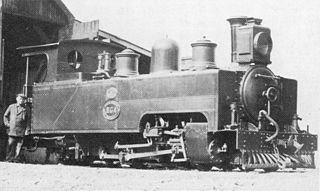
The South African Railways Class NG3 4-6-2T of 1907 was a narrow-gauge steam locomotive from the pre-Union era in the Colony of Natal.
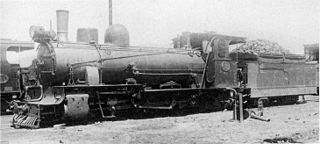
The South African Railways Class NG5 2-8-2 of 1922 was a class of narrow-gauge steam locomotives.

The South African Railways Class NG6 4-4-0 of 1895 was an ex-Mozambican narrow-gauge steam locomotive from the Beira Railway era.
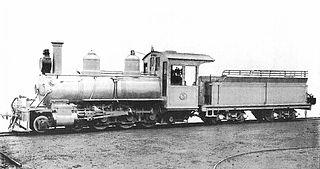
The South African Railways Class NG8 4-6-0 of 1904 was a narrow-gauge steam locomotive from the pre-Union era in the Cape of Good Hope.

The South African Railways Class NG9 4-6-0 of 1915 was a narrow-gauge steam locomotive.

The South African Railways Class NG G12 2-6-2+2-6-2 of 1927 was an articulated narrow-gauge steam locomotive.

The South African Railways Class NG G14 2-6-2+2-6-2 of 1931 was an articulated narrow gauge steam locomotive.

The South West African Class Hd 2-8-2 of 1912 was a narrow gauge steam locomotive from the German South West Africa era.
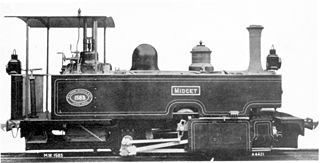
The Cape Government Railways Type C 0-4-0T Midget of 1902 was a South African steam locomotive from the pre-Union era in the Cape of Good Hope.
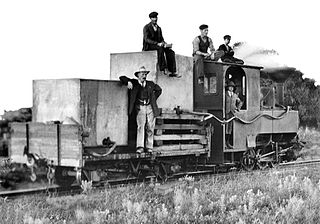
The Cape Government Railways NG 0-6-0T of 1903 was a South African steam locomotive from the pre-Union era in the Cape of Good Hope.

The Cape Government Railways Type A 2-6-4T of 1902 was a South African steam locomotive from the pre-Union era in the Cape of Good Hope.

The Cape Government Railways NG 4-6-2T of 1908 was a South African narrow-gauge steam locomotive from the pre-Union era in the Cape of Good Hope.




















